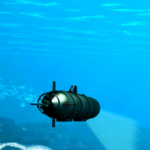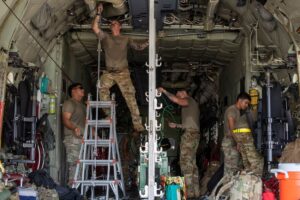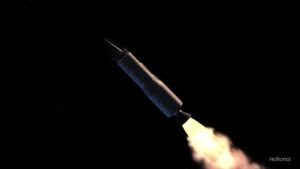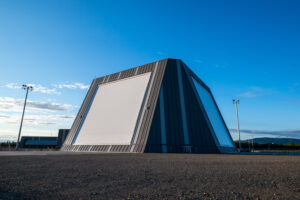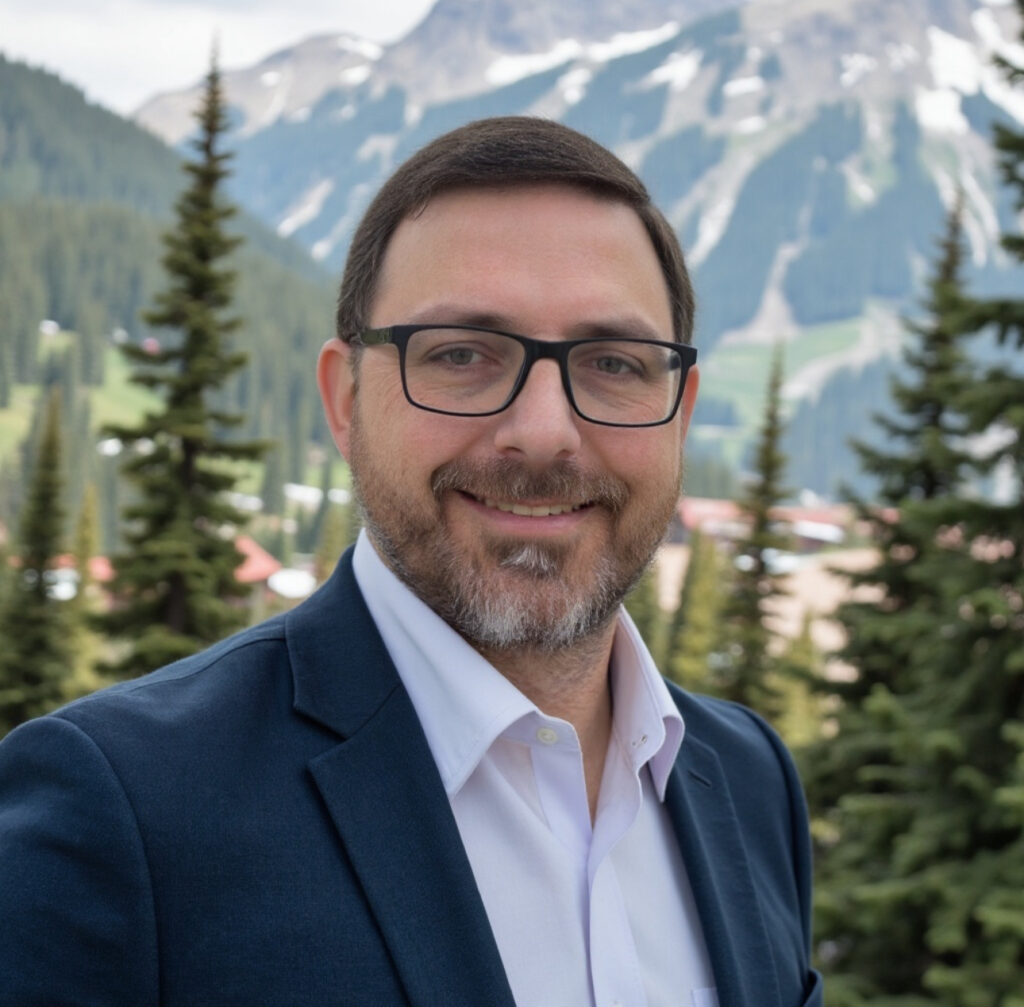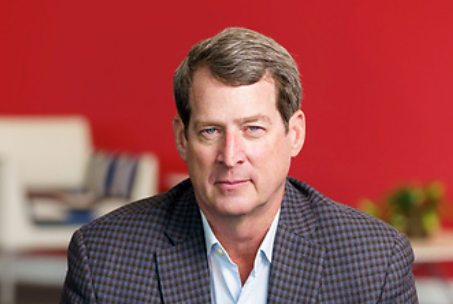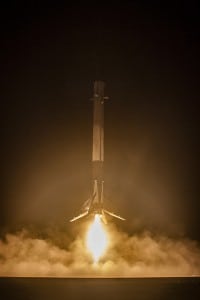
Space Exploration Technologies Corp. (SpaceX) will attempt reflying one of its next upgraded Falcon 9 boosters, while likely opting to retire the first stage used in Monday’s night’s “perfect” launch and milestone ground landing, according to company CEO Elon Musk.Musk told reporters in a post-landing conference call that the company would attempt a first-stage reflight next year. SpaceX will have plenty of opportunities in 2016, as Musk said it should do “well over” 12 launches next year. Musk said SpaceX…

